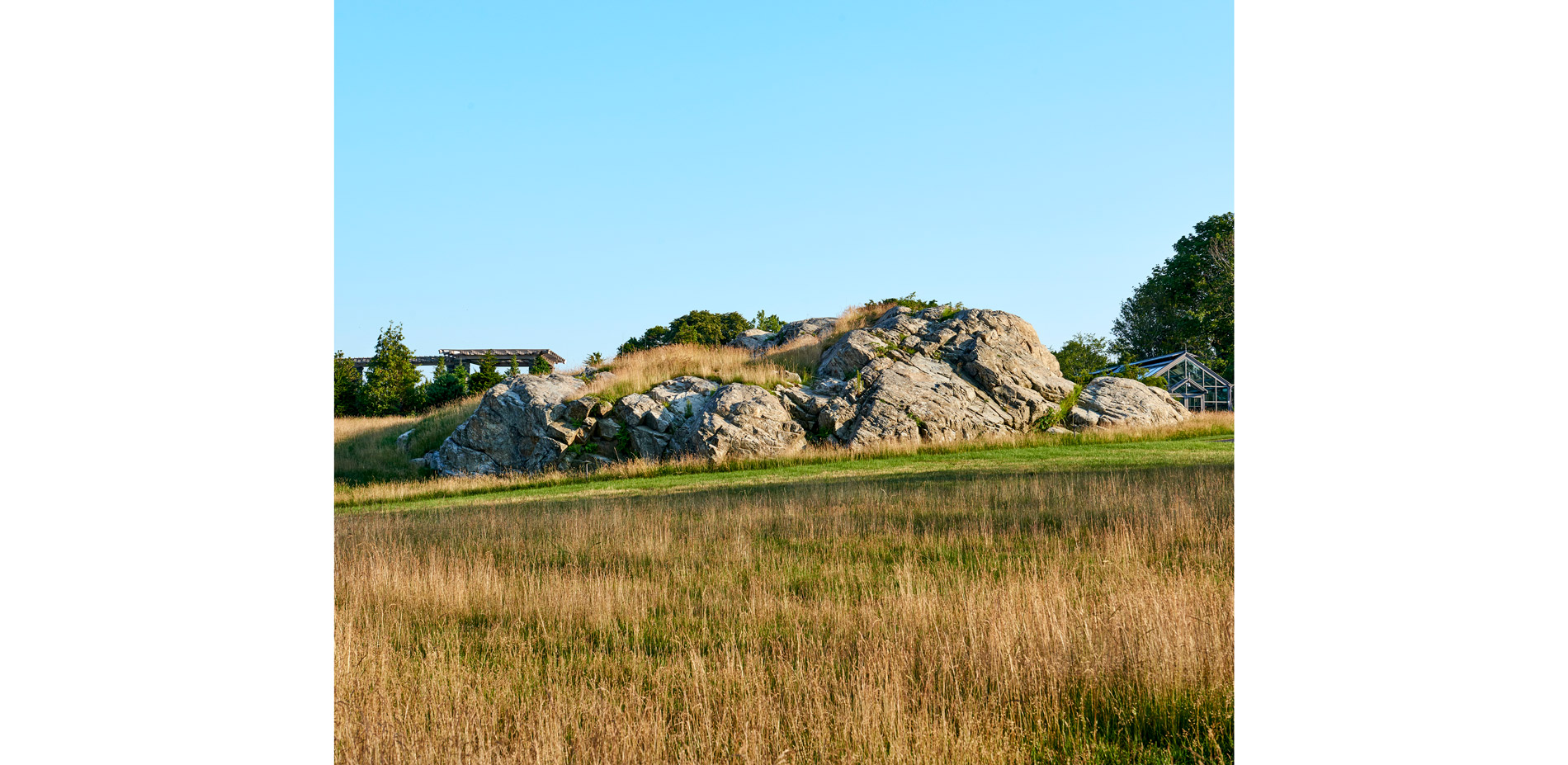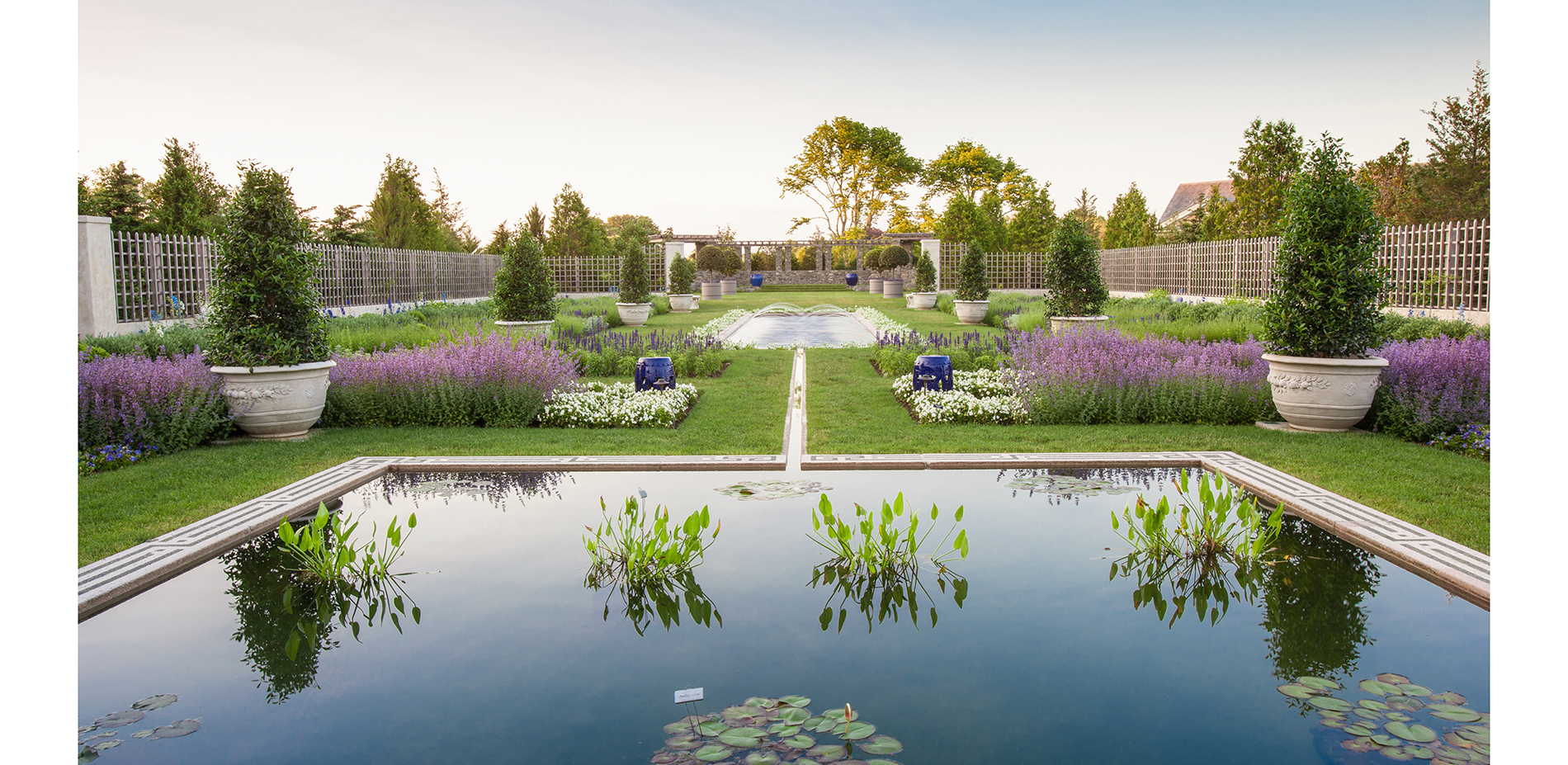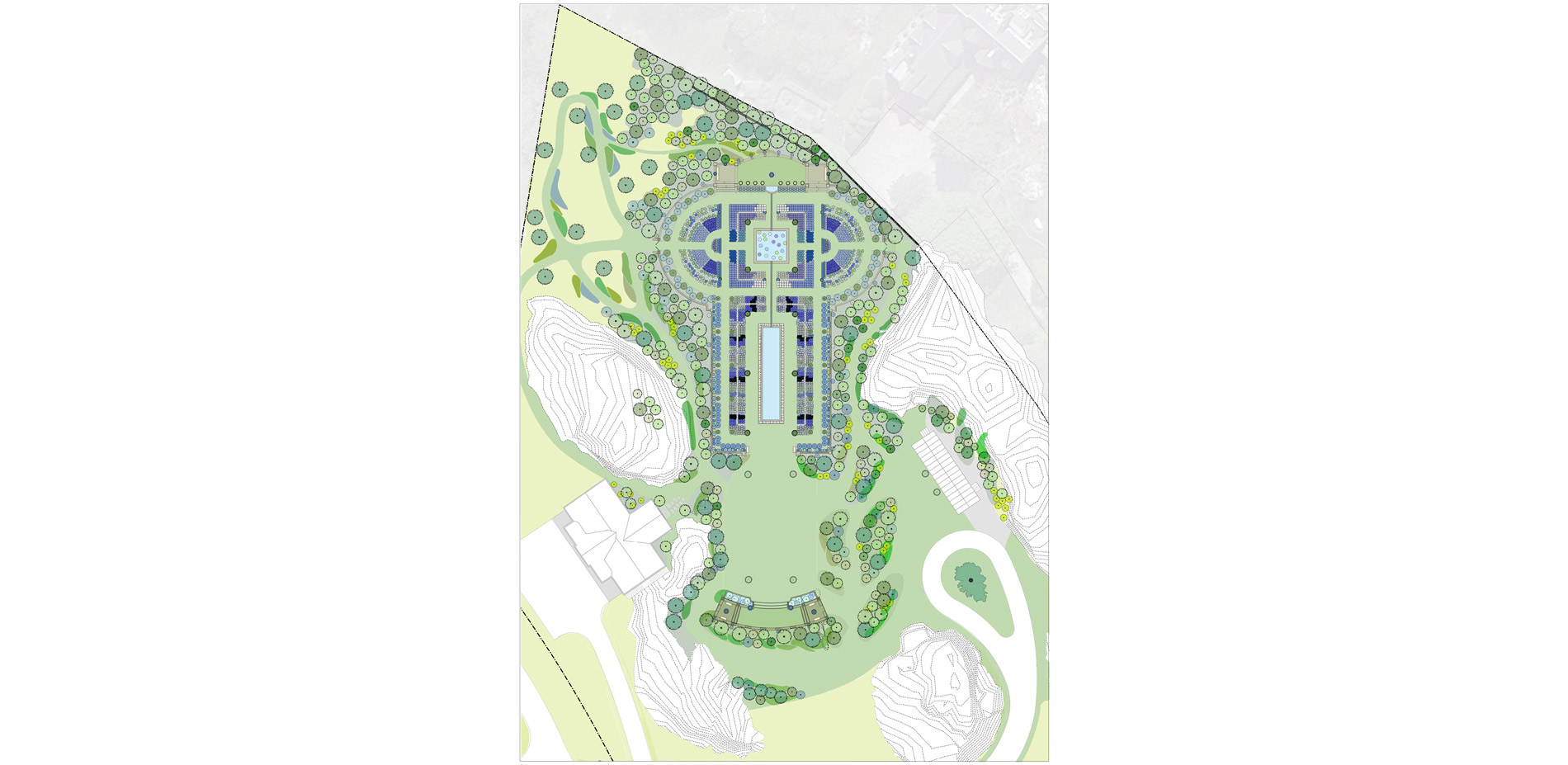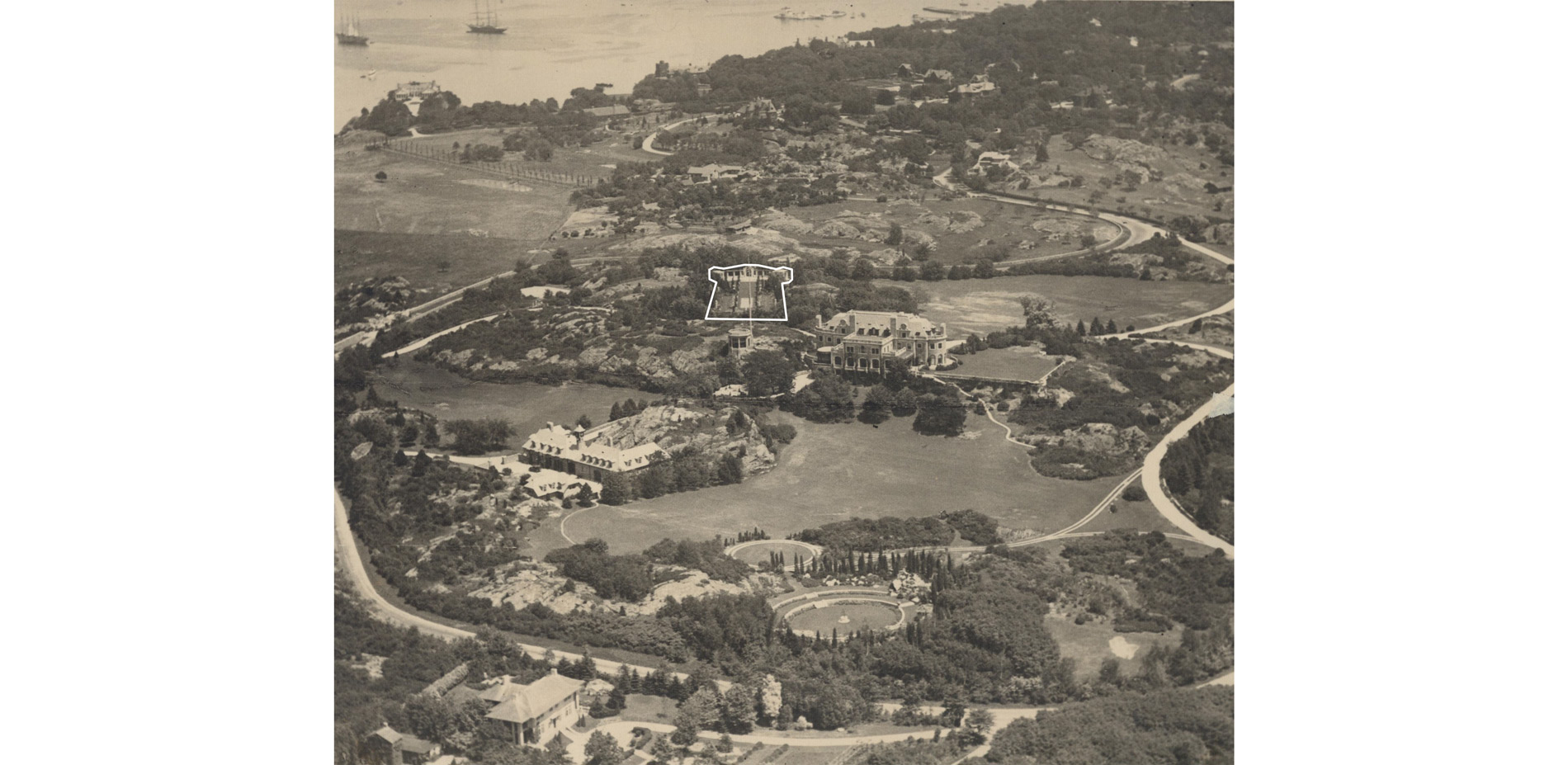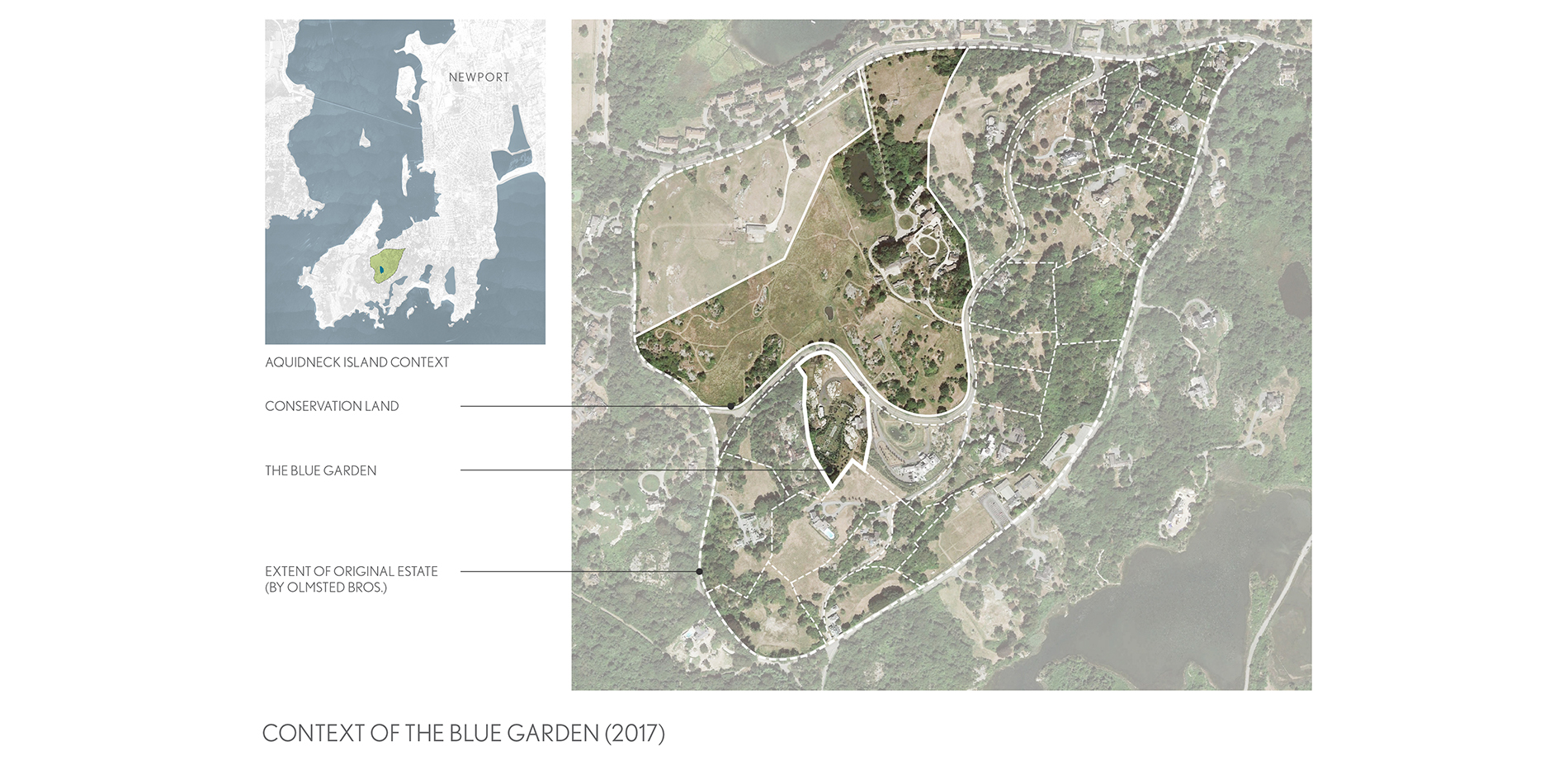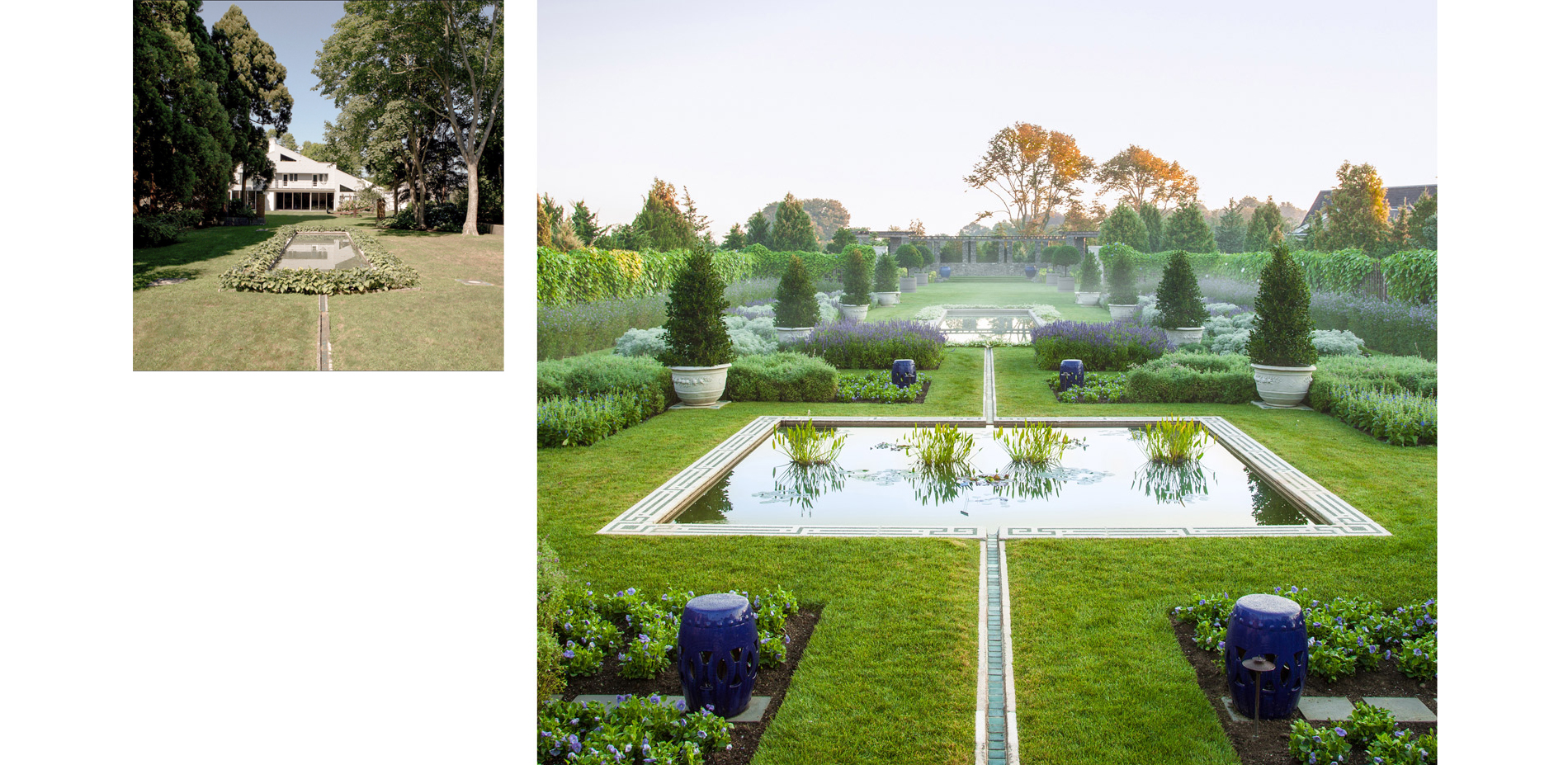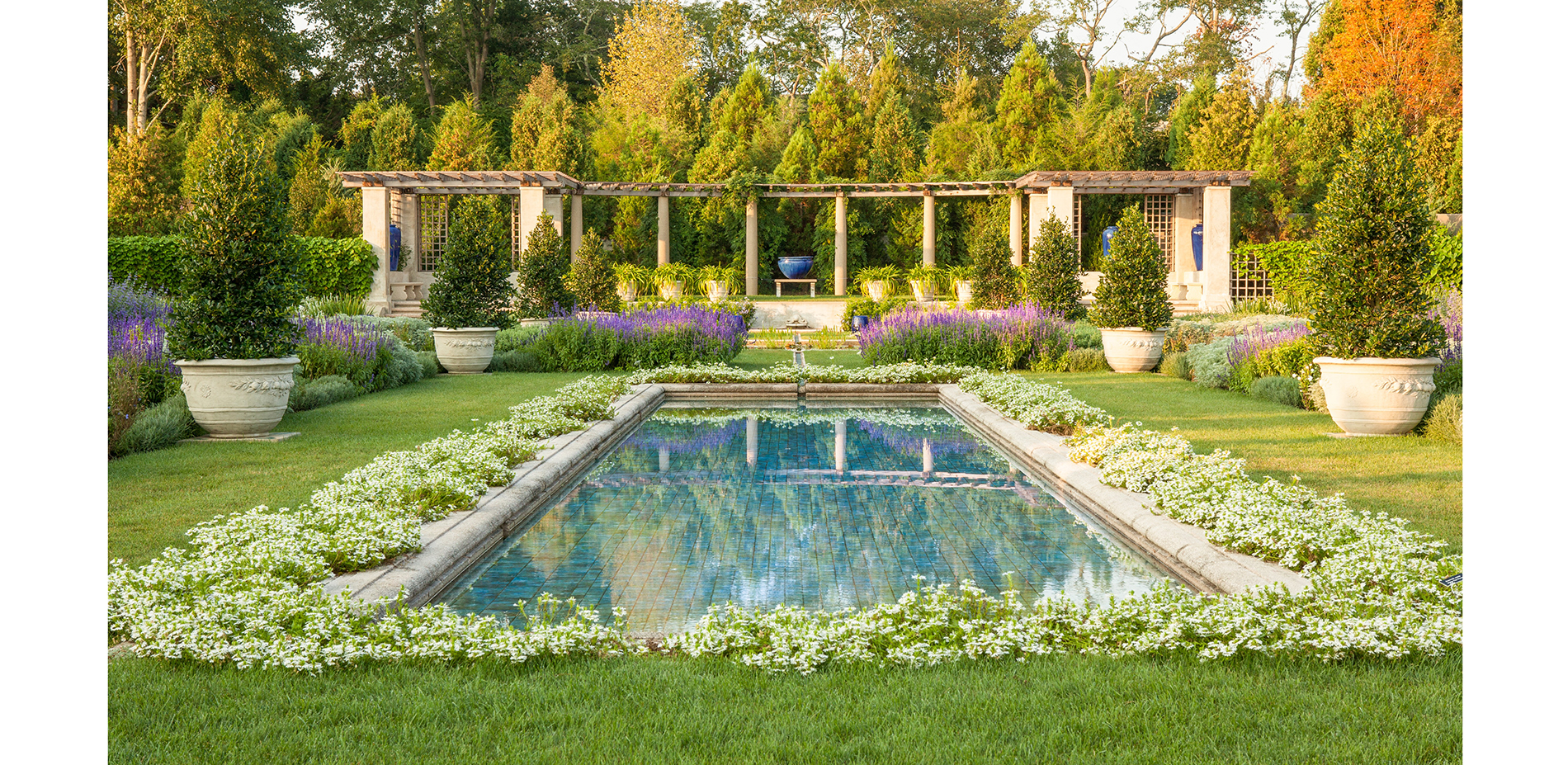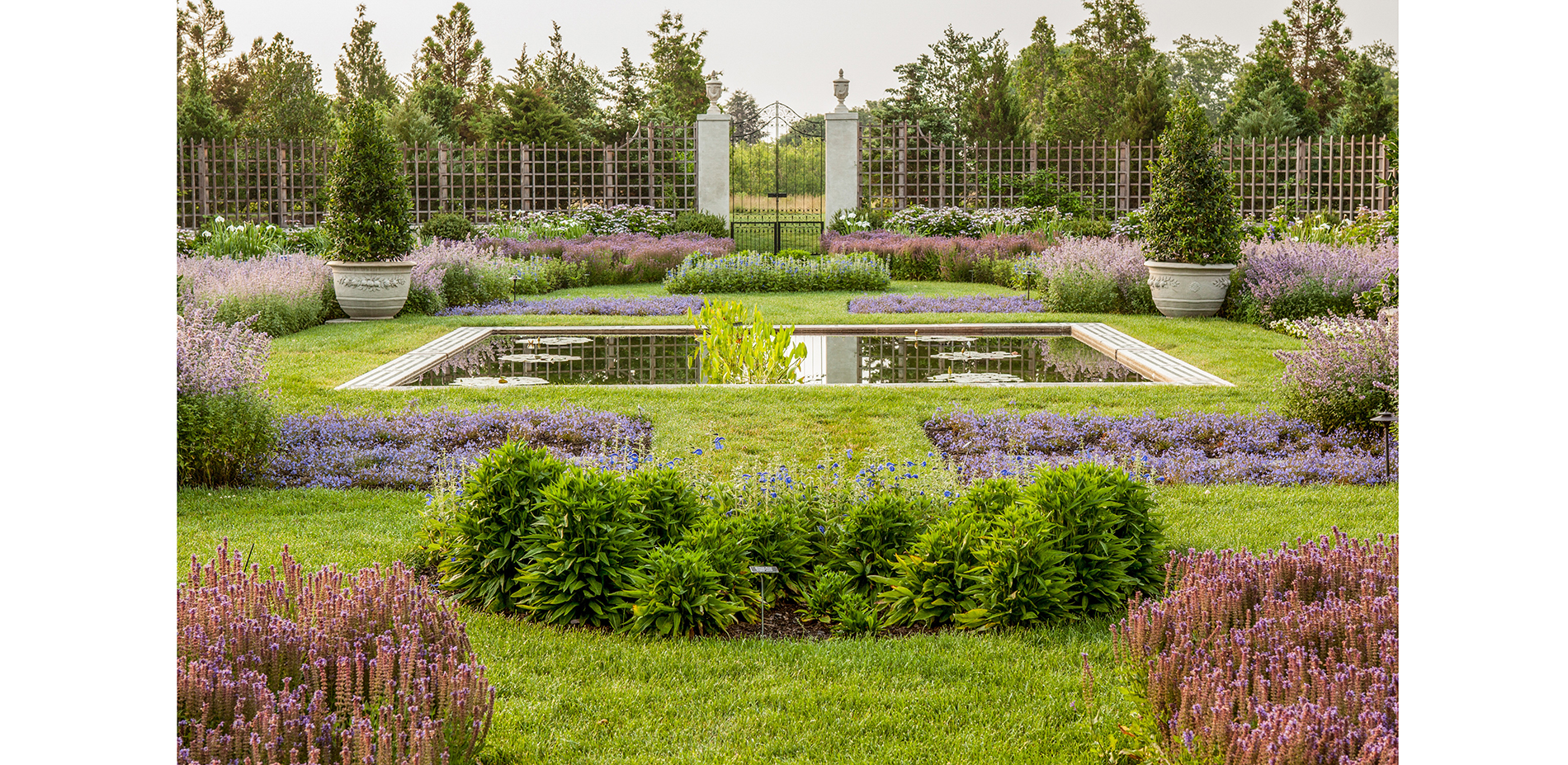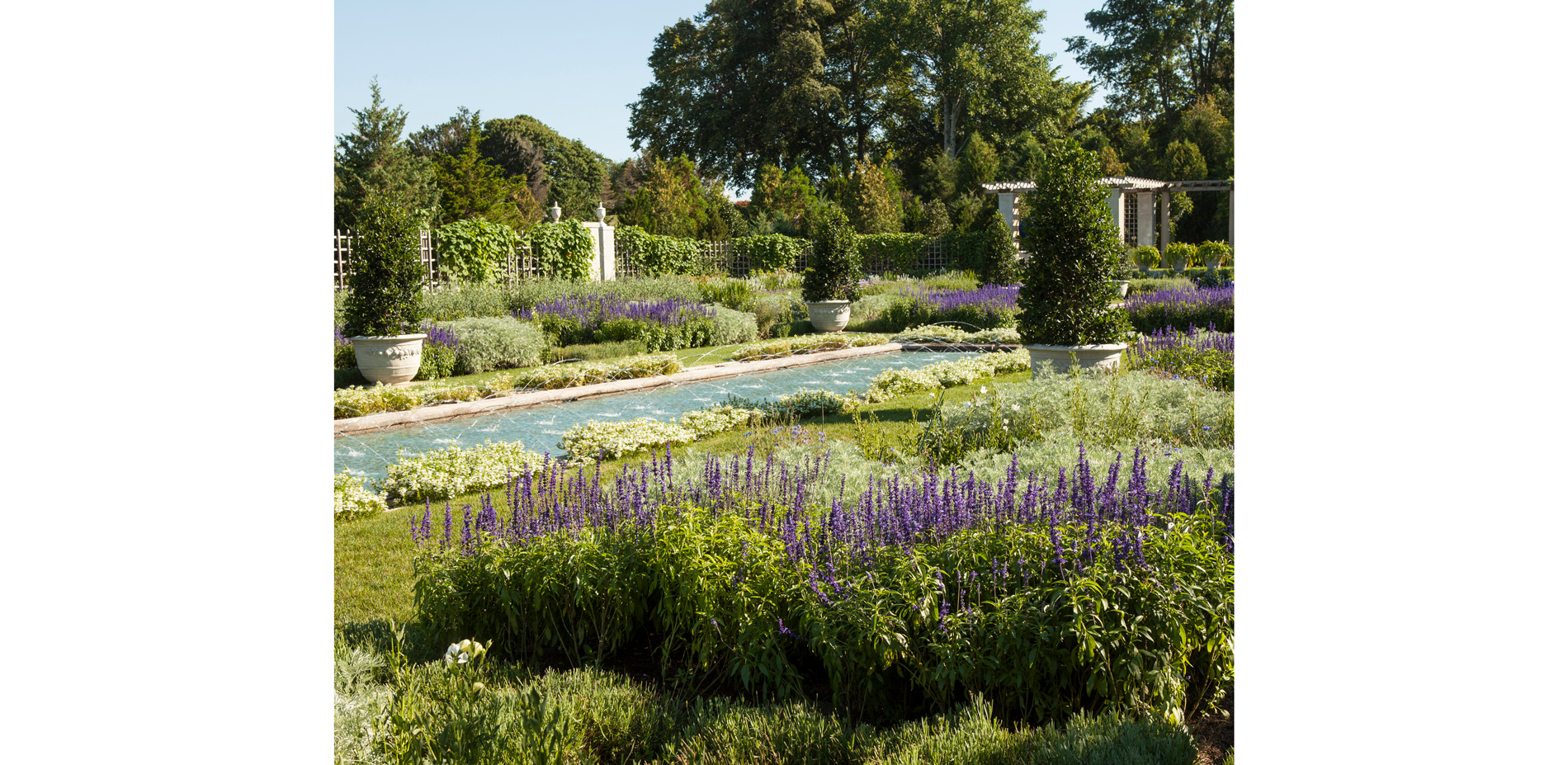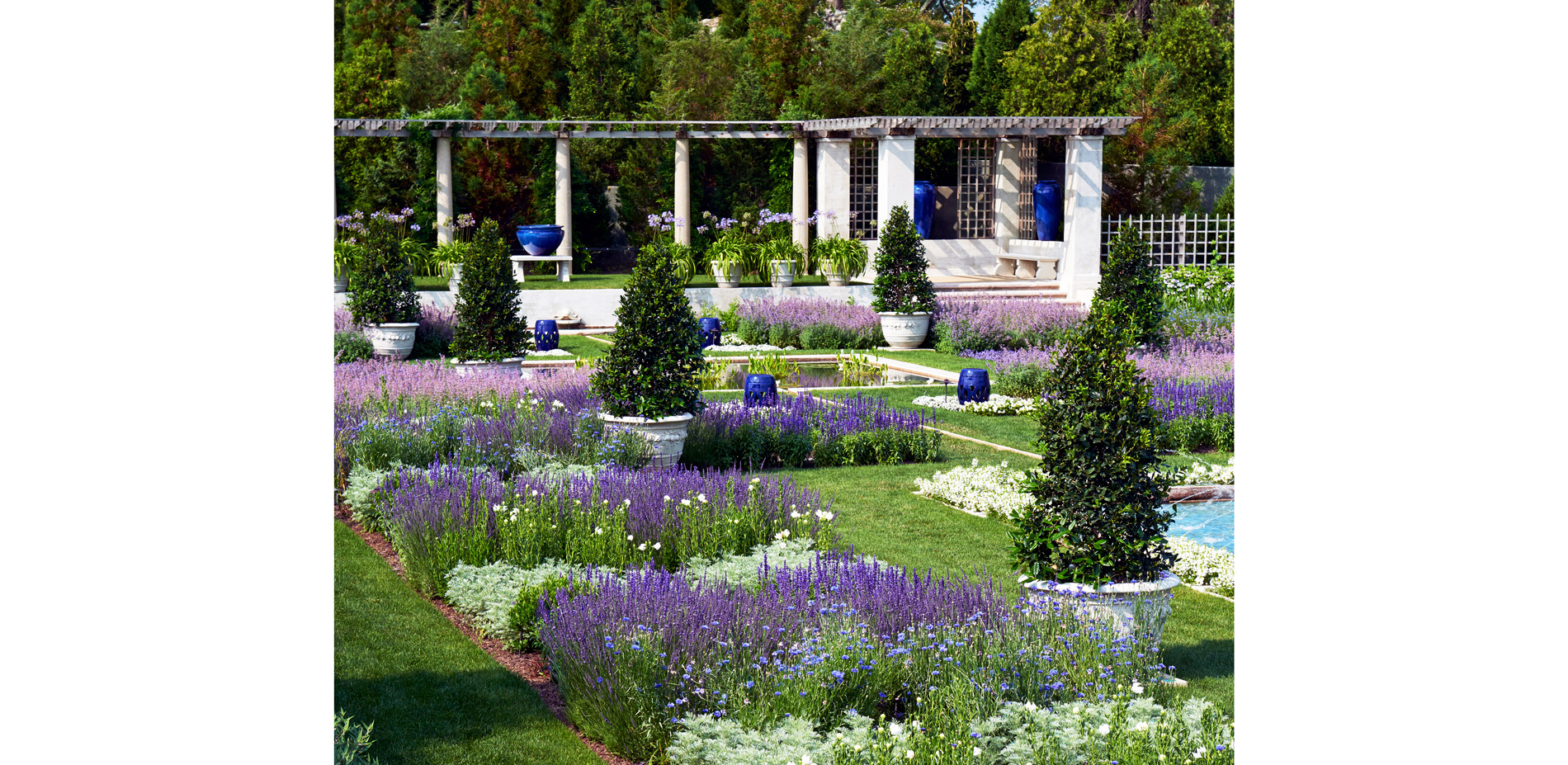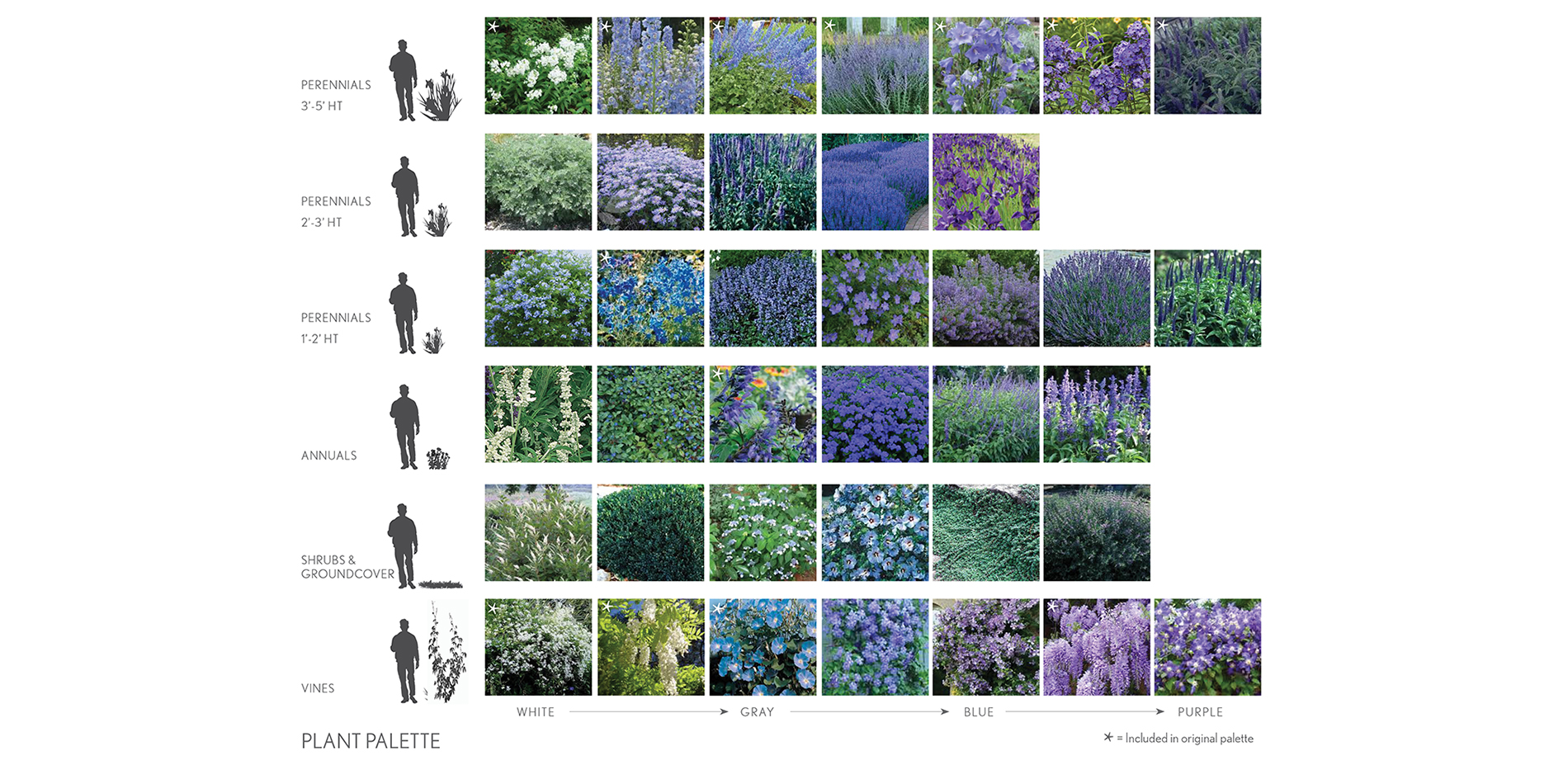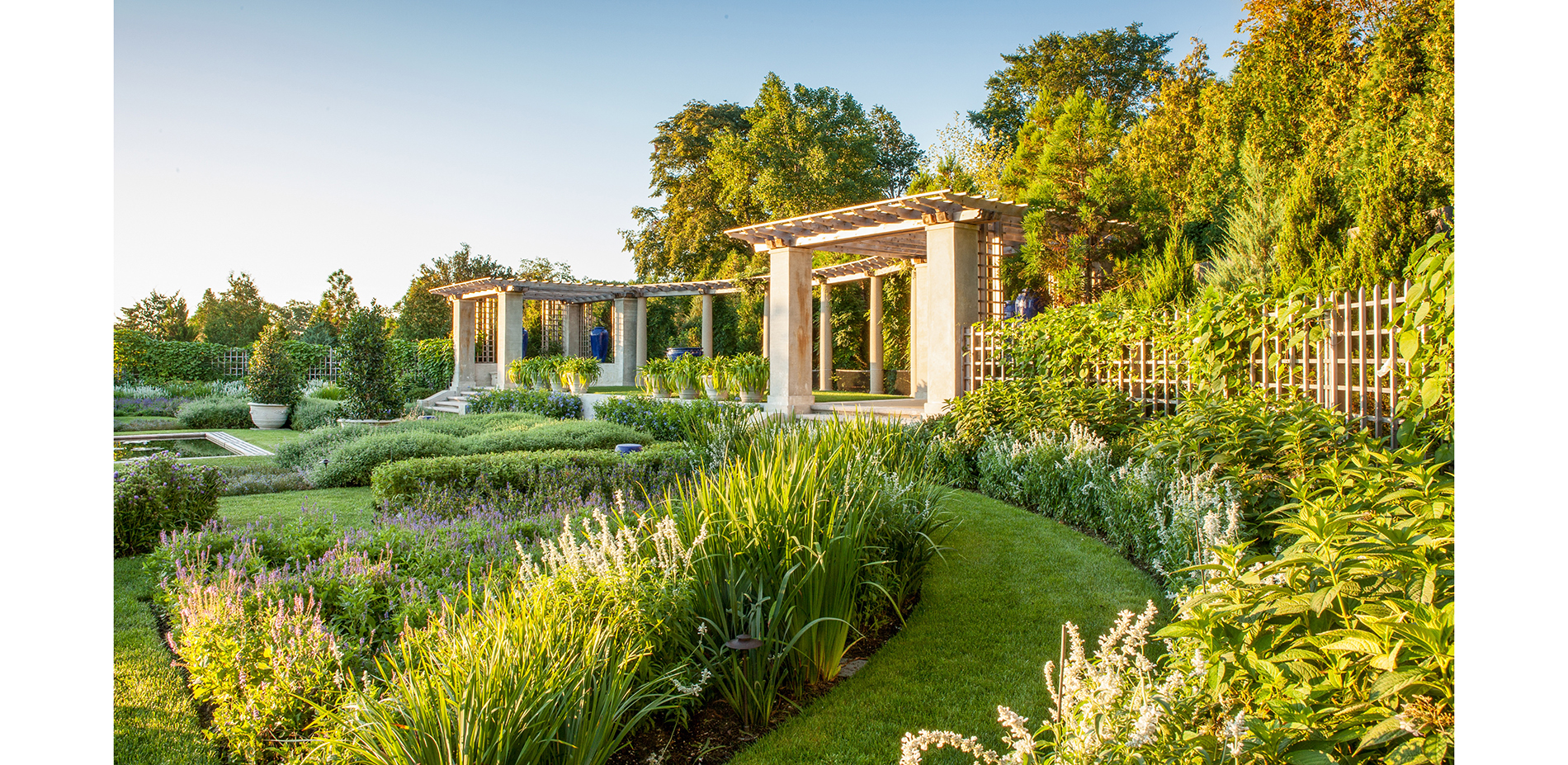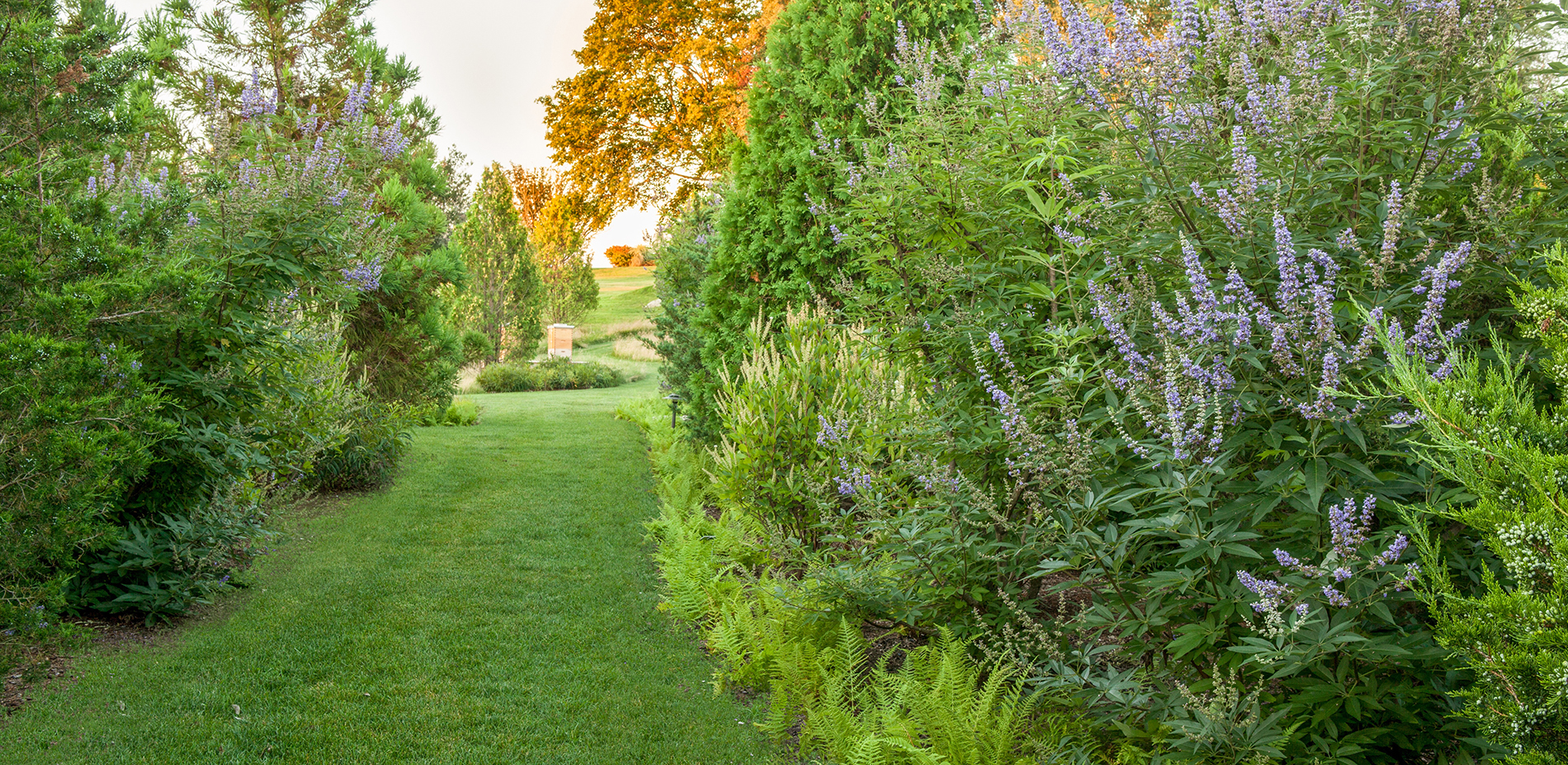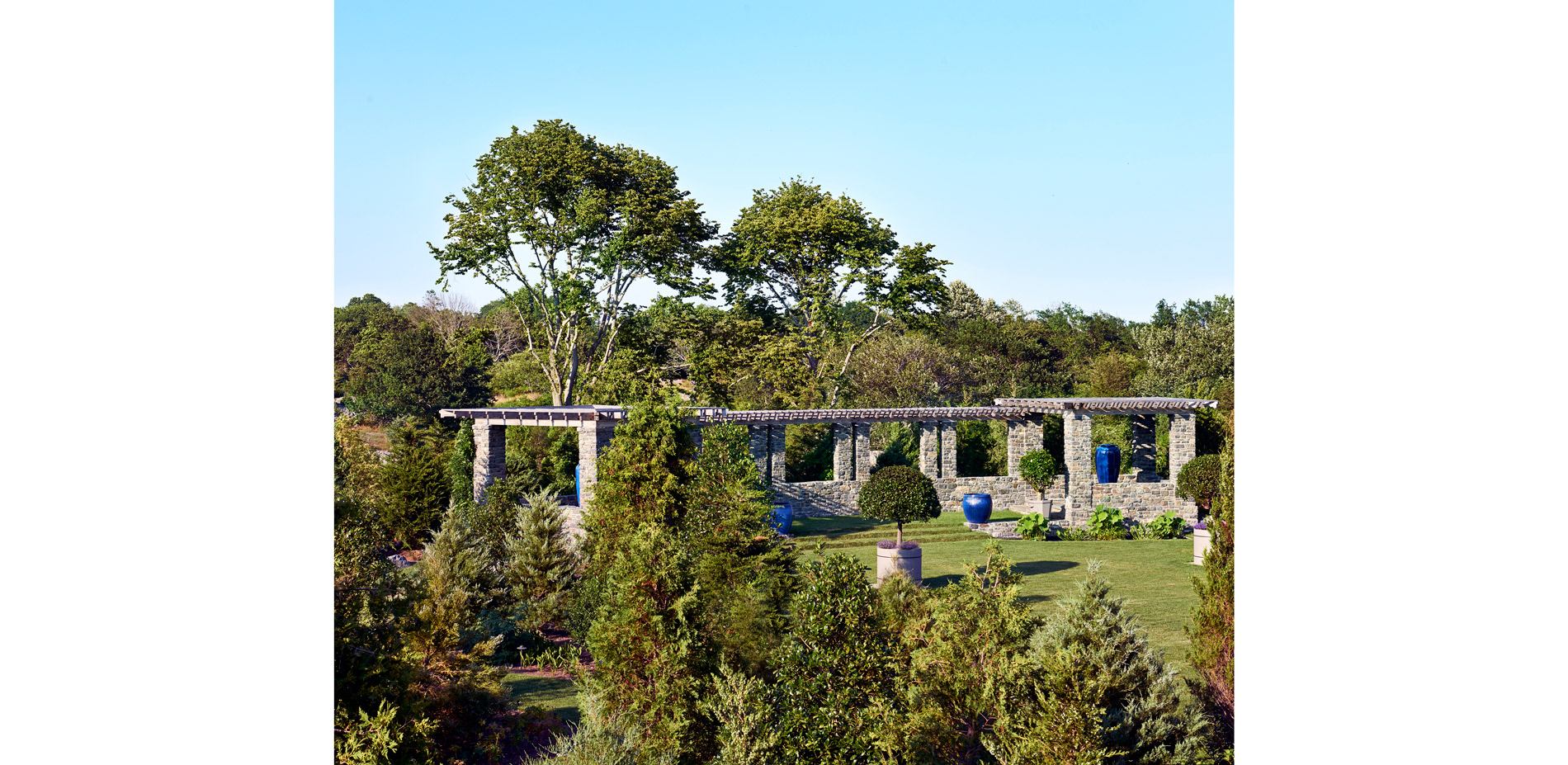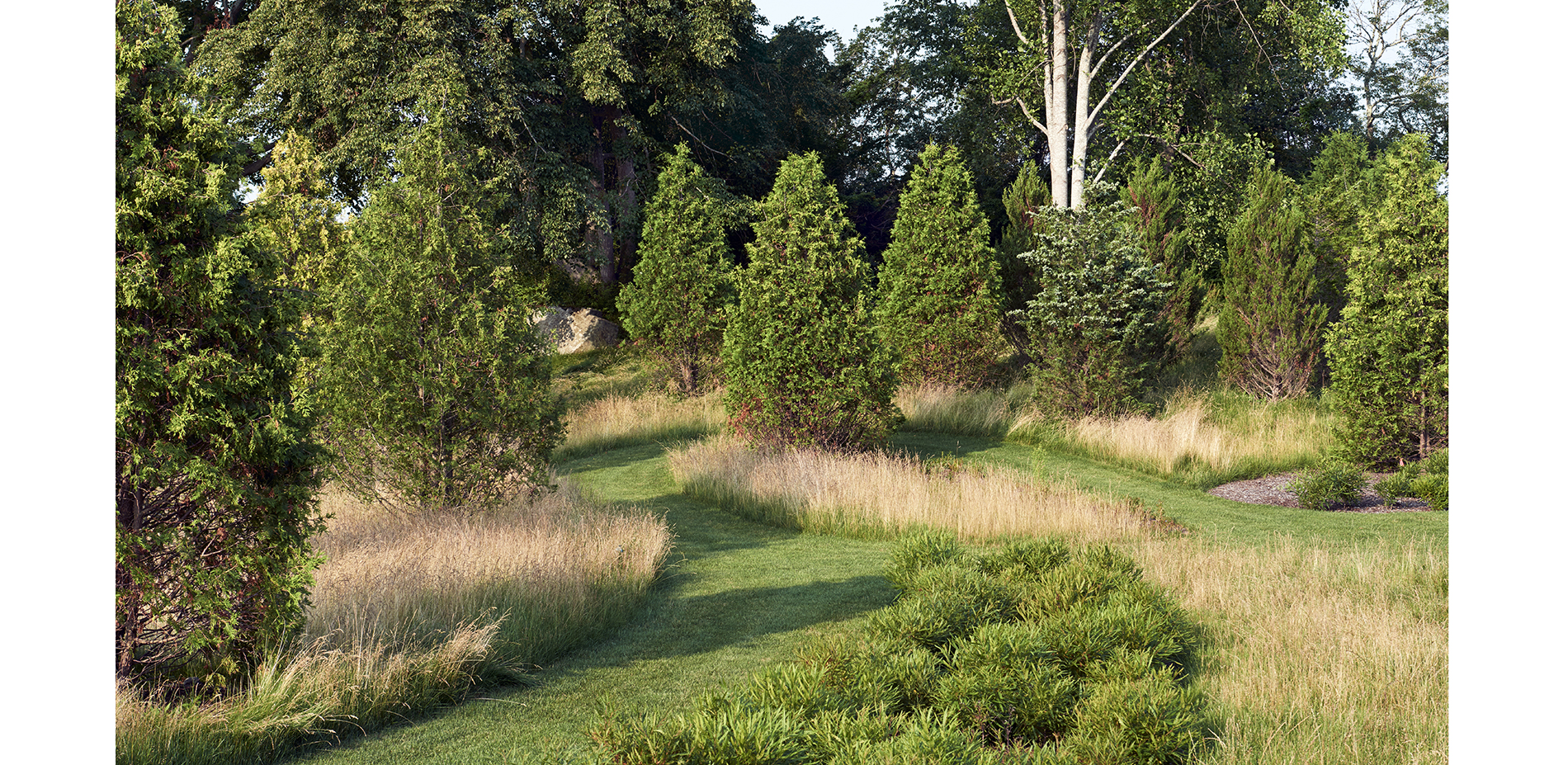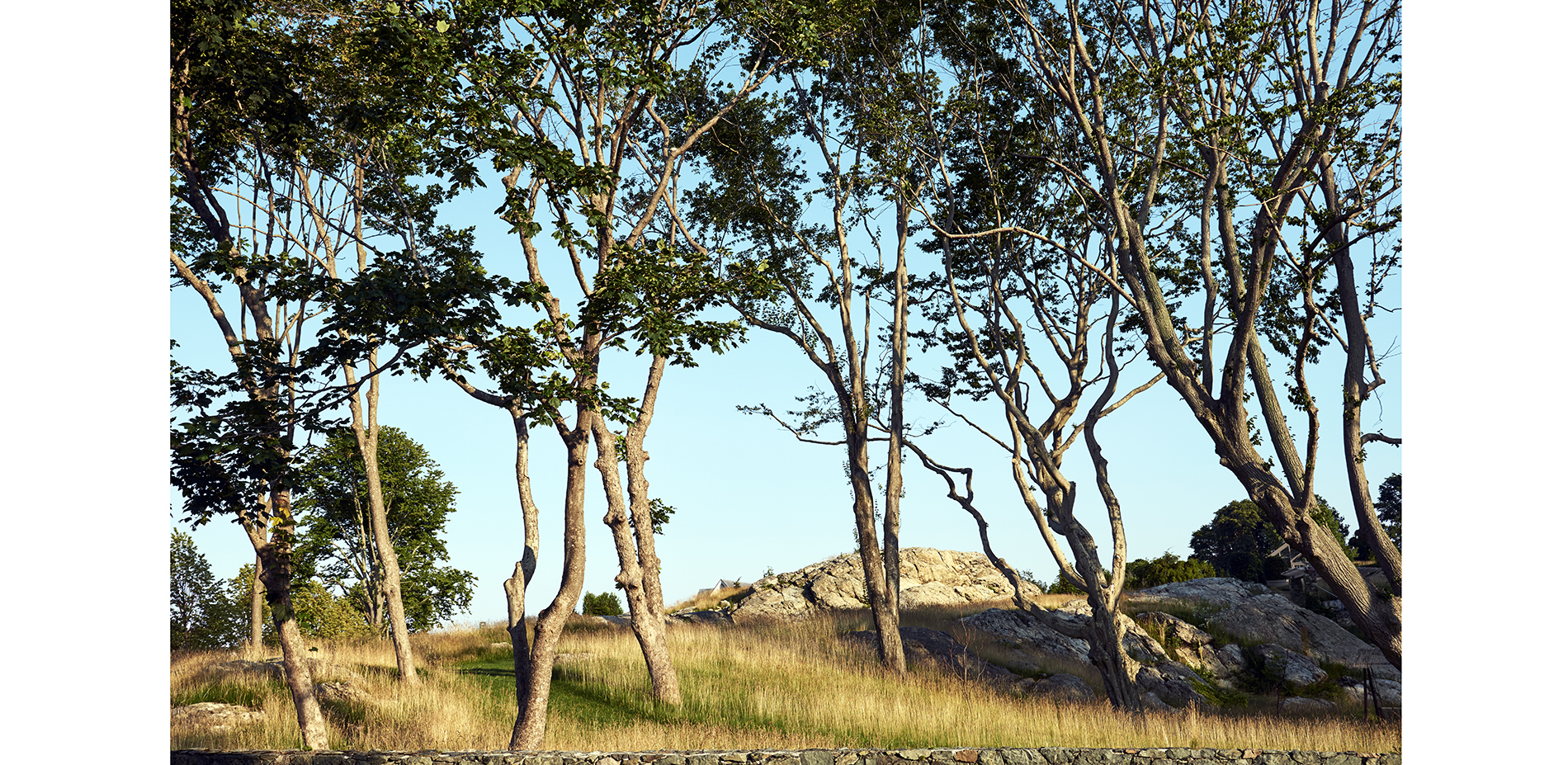Sustaining a Cultural Icon: Reconciling Preservation and Stewardship in a Changing World
HONOR AWARD
Residential Design
Newport, RI, USA | Reed Hilderbrand LLC Landscape Architecture | Client: Dorrance Hill Hamilton
The quality of the restoration, the consistency with the Olmsteds’ original vision, the fact that anyone would do this—buy a parcel of land, tear down a house to restore a garden—seemed that it ought to be acknowledged in some way.
- 2018 Awards Jury
PROJECT CREDITS
- General Contractor: Parker Construction
- Landscape Historian and Olmsted Scholar: Arleyn Levee
- Project Manager for the Owner: Peter M. Borden
- Consultant: George W. Moore, Esq.
- Arris Design Architects
- A&L Plumbing and Heating
- Annual Grower: Bemis Farms Nursery
- Building Conservation Associates
- Collaborative Lighting: Craul Land Scientists
- Architectural Woodworkers: Eastern Design
- Landscape Design: Mary Ellen Flanagan
- Water Plants: Fourth Generation Nursery
- Fountain Craft
- Masonry and Concrete: Haven Restoration
- Heritage Greenhouse
- Architectural Woodworkers: Herrick & White
- Site Construction: JAM Construction Company
- LISCO Irrigation
- QMW Masonry
- Landscape Contractor: RP Marzelli
- Structural Engineers: CA Pretzer Associates
- Greenhouse Fabricator: Solar Innovations
- Perennial and Annual Consultant: Suzanne Thatcher
- Young Electrical Services
- Architectural Metal: West Bay Fabrication
PROJECT STATEMENT
This project gives new life and expanded regional prominence to The Blue Garden, a neglected yet significant early 20th-century garden designed by Olmsted Brothers, which exemplified Italianate traditions of the Country Place Era of American gardens, and offered a place of jubilant social gatherings reflecting the colorful personality of its client, Harriet James Curtis. Just as the original garden benefitted from generous patronage, so this site has been revitalized by a patron who both recognized its historical importance and realized what is required for it to survive the next 100 years. The scheme adapts the original Olmsted Brothers' design intentions to a changing climate and to the constraints of contemporary maintenance levels, with a smaller palette of more reliable, longer-flowering, drought-tolerant plants, and greater use of perennials in place of labor-intensive annuals. The enclosed Blue Garden is intensified as a hortus conclusus by preserving and reestablishing the agrarian context that surrounds it - a profound commitment by the new owner to stave off rapid suburbanization of the island.
PROJECT NARRATIVE
PURPOSE: Restore and Reinterpret
In 1911 Harriet Parson James and her husband Arthur Curtiss commissioned Olmsted Brothers to design their 125-acre estate, Beacon Hill House, near the tip of Aquidneck Island in Newport, RI. As part of the ambitious plan, they developed The Blue Garden, shaped within a hollow of exposed bedrock characteristic of the area, which, over time and with great devotion, became known as a mythic place of alluring beauty. Here, within an enclosed frame of evergreens, walls and pergolas, visitors found an effulgent, classically disposed garden of blue flowers. Along the length of the axis of the formal beds, a channel of water connects a square pool of water lilies with a long pool of blue tiles inspired by Persian rugs, punctuated by fountain jets.
For many years, the Garden served as the center for Newport's social scene, and as a stage for elaborate parties replete with amusing theatrical pageants. Most legendary was the garden's opening dedication, the"Masque of the Blue Garden" in 1913, where costumed troupes of actresses and dancers emerged from a giant seashell and frolicked through the fountains.
After the death of the Curtises in 1941, the estate was subdivided, with The Blue Garden falling within one of the small property plots. Subsequently a large house was built across the garden's main axis, destroying a third of the garden's form. By the early 21st century, the remnants of the garden were in disrepair and the site was overtaken with trees.
In 2012, a neighbor devoted to preserving historic places acquired the property with the hope that she could recapture this place of folklore. Building upon her life-long passion for gardens and historic preservation, she set out to rejoin the remnants of the garden with conserved farmland to the west, which had also been part of the original estate. The mandate to the design team: restore and reinterpret The Blue Garden, and its context, as a sustainable site for future generations to learn about Newport's extensive designed landscape legacy.
PROCESS: Deep Research, Conceptualization, Interpretation
With only fragments remaining of the original garden, the challenge was threefold: to research and document the Olmsted Brothers' plan as an expression of the James' patrimony and garden making traditions of the era; to evaluate the site's cultural significance; and to reinterpret the garden for the 21st century. Working with historians, masonry conservators, and horticulturists, the landscape architect led a lengthy period of intensive documentary research, which surfaced a multitude of plans of the original garden.
The Olmsted firm's planting scheme incorporated a complex palette that relied heavily upon bedding-out practices, supported by a bevy of gardeners, to maintain the garden in prime condition. The proposed planting plan develops a new model whereby horticultural dependability, drought tolerance, ease of maintenance, and longevity of bloom are factors of importance equal to the blue, purple, white and gray-green hues and the interplay of textures, height, and seasonal diversity of the original scheme.
The scheme for the garden's context, originally conceived as a frame of diverse evergreen trees dispersed among the rock outcroppings to enclose and protect the garden, also was simplified and tailored. The landscape architect proposed new mixed evergreen plantings of appropriate heights for the garden's light requirements, strategically placed to screen adjacent development or to frame vistas of the preserved agrarian landscape. Paths weave through the native evergreen plantings to offer closer experience of the exposed glacial topography.
SIGNIFICANCE: A Progressive Restoration
The renewal of The Blue Garden raises public awareness of an era in Newport's development, and of promoting the wise and targeted use of resources for the purpose of recapturing a work of landscape art for future generations. The landscape architect led a multi-year effort with a team of devoted experts, contractors and caretakers inspired by the vision of its original designer and the insistence of its current patron to make the garden's restoration relevant to contemporary times. Historians have described the artistry of the Olmsted firm as not only encompassing pictorial and spatial dimensions, but also time – in their work they anticipated the inherent change that is inevitable with a dynamic medium like landscape. The rescue of The Blue Garden demonstrates a progressive purpose to reconcile preservation and stewardship in light of an ever-changing world.
